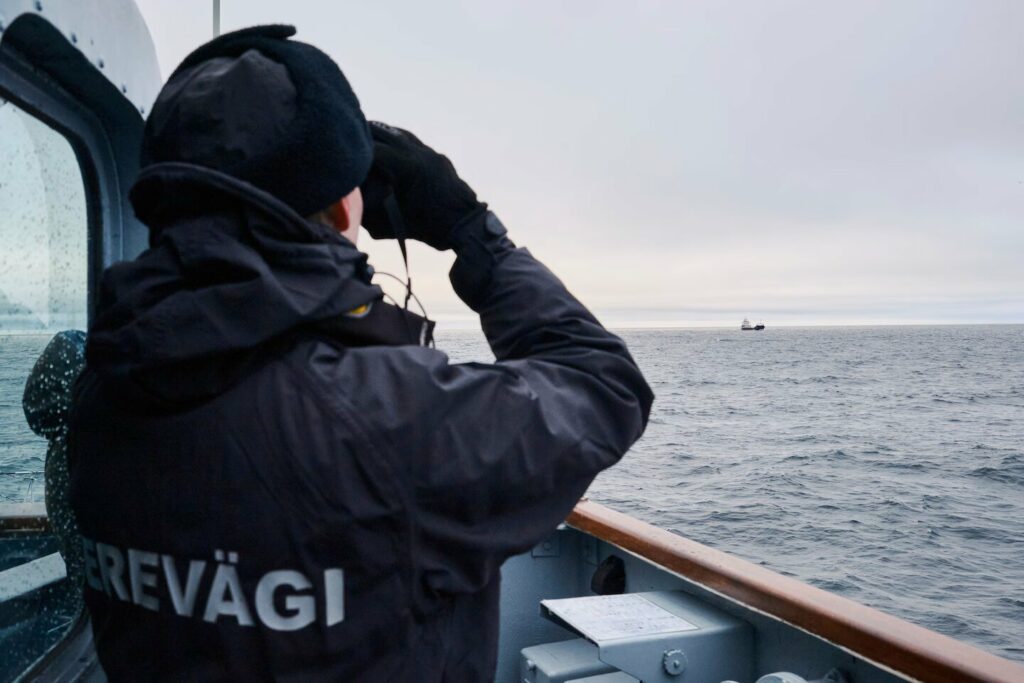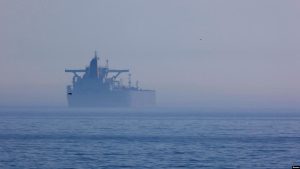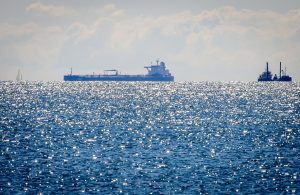In the US and Europe, damage to cables in the Baltic Sea is considered an accident, not sabotage.

US and European officials say accidents, not sabotage, were the cause of cable damage in the Baltic Sea.
There is a growing consensus among US and European security agencies that accidents were the cause of the cable damage, The Washington Post reports.
The undersea cable ruptures that have worried European security agencies in recent months “are more likely to be the result of maritime accidents than Russian sabotage,” according to several US and European intelligence officials.
The decision reflects a consensus among US and European security agencies, according to senior officials from three countries involved in the ongoing investigation into a series of incidents that have severed critical undersea power and communications lines.
The incidents have raised suspicions that Russia has targeted underwater infrastructure as part of a broader campaign of hybrid attacks across Europe, and have prompted heightened security measures, including an announcement last week that NATO would launch new patrol and surveillance operations in the Baltic Sea.
But so far, officials say, investigations involving the United States and a half-dozen European security agencies have “found no indication” that commercial vessels suspected of dragging anchors across the seabed were doing so intentionally or at Moscow’s direction.
Instead, U.S. and European officials have said that evidence gathered so far, including intercepted communications and other classified intelligence, points to accidents “caused by inexperienced crews operating aboard poorly maintained vessels.”
U.S. officials cited “clear explanations” that emerged in each case, pointing to the likelihood that the damage was accidental and the lack of evidence of Russian culpability. Representatives of two European intelligence agencies said they agreed with the U.S. assessment. Despite initial suspicions of Russian involvement, one European official said there was “counter-evidence” to the contrary. The U.S. and European officials declined to elaborate and spoke on condition of anonymity, citing the sensitivity of the ongoing investigations.
Context
As a reminder, on December 28, the Finnish police and coast guard detained the tanker Eagle S. The investigation believes that on December 25, the tanker damaged the Estlink 2 power cable connecting Finland and Estonia, and also caused damage to four fiber-optic lines, dragging an anchor along the seabed for tens of kilometers.
Finnish customs classify the Eagle S as a member of the “shadow fleet” used to circumvent sanctions on the sale of Russian oil. The ship’s cargo was officially confiscated, but it still remains on board.
Also, during a search of the ship, law enforcement officers found spy equipment that was used to monitor maritime activity in the region.
At the same time, during a port inspection, 32 technical deficiencies were found on the tanker Eagle S. Three of them are so serious that the ship cannot leave Finnish waters without immediate repairs.
The USM reported earlier that the crew of the tanker that damaged cables in the Gulf of Finland was planning other sabotage.
Also late last year, the Chinese vessel Yi Peng 3 allegedly damaged telecommunications cables in the Baltic Sea at the behest of the Russian Federation.
Shortly after the incident, Sweden discovered damage to another cable in the Baltic Sea. The damage was likely caused by the Chinese vessel Yi Peng 3, the same one accused of sabotaging two cables in the same region.





